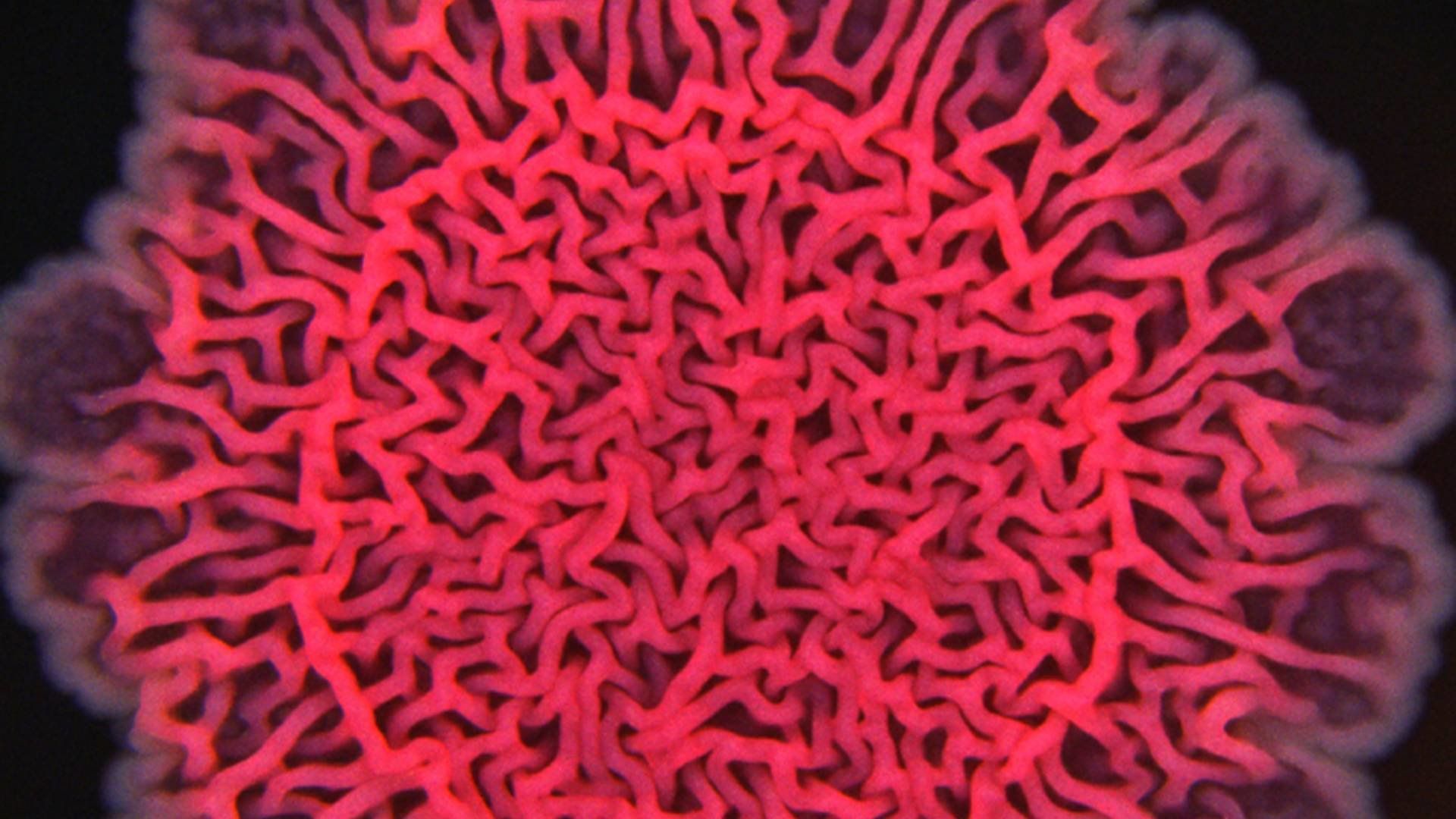University of Otago researchers have discovered information about a gene that sets primates—great apes and humans—apart from other mammals, through the study of a rare developmental brain disorder.
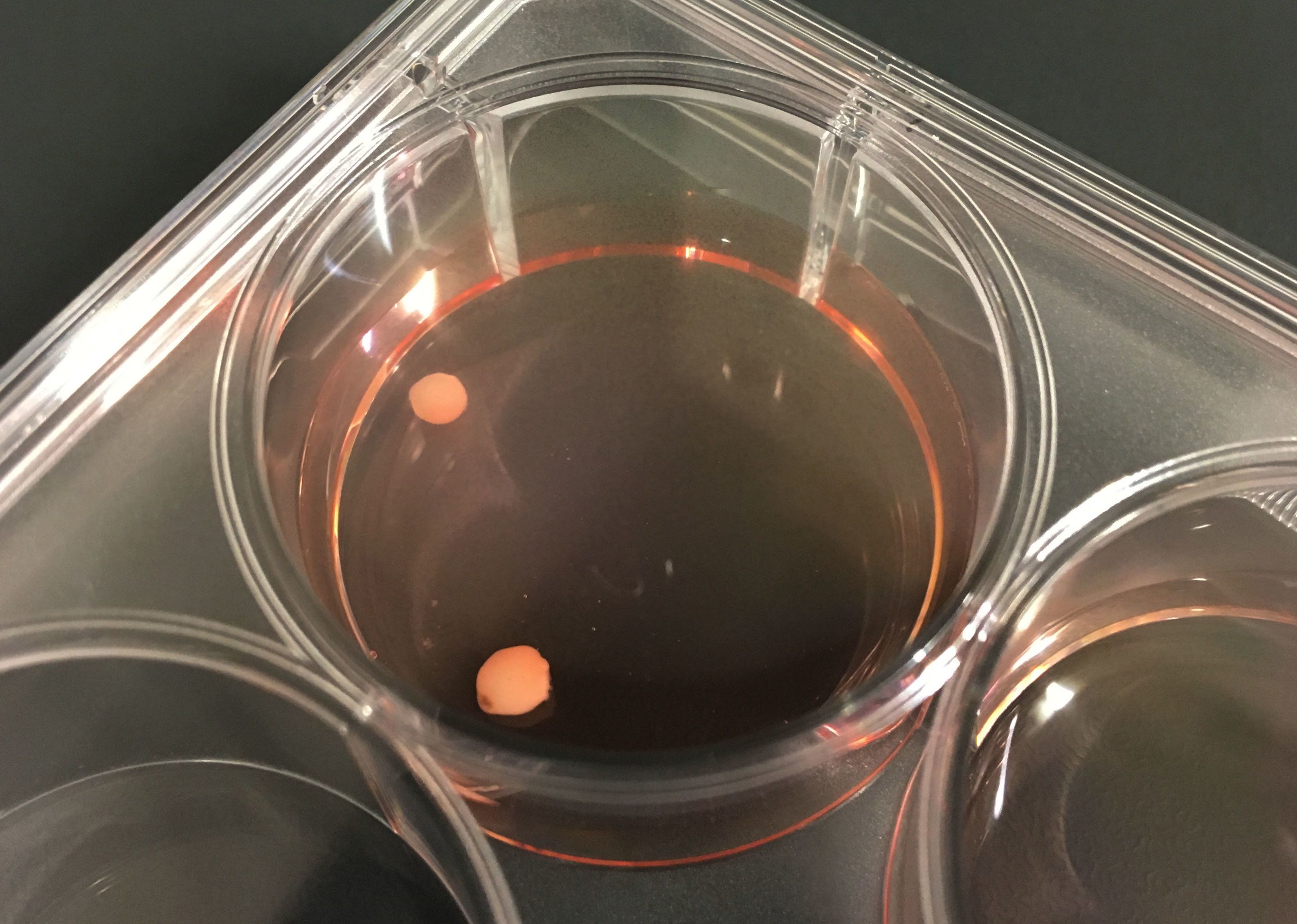


To commemorate the 25th anniversary of our first servicing mission, check out Hubble’s view pre-servicing in 1993 to the 2009 image taken with the Wide Field Camera 3 instrument, of one especially photogenic galaxy located 55 million light-years away. Take a closer look: https://go.nasa.gov/2G3a7m7&h=AT2kdzuMJry_LAUVF93l2REPEy09T4N3bVJ-_uowG6ggGa7iNZleZ_tWoQ2JWuTeGa29RflTnIWMcMFWhEcSmYMJq1Lw_0uB1IcxdInrOW14oiv1Xw7L8PBriE7tDs6q2QnyeKzCp_7c2NGsYiq06aaD0uV6_Mt74RbthPwlQdDVDRh4gS-cCA
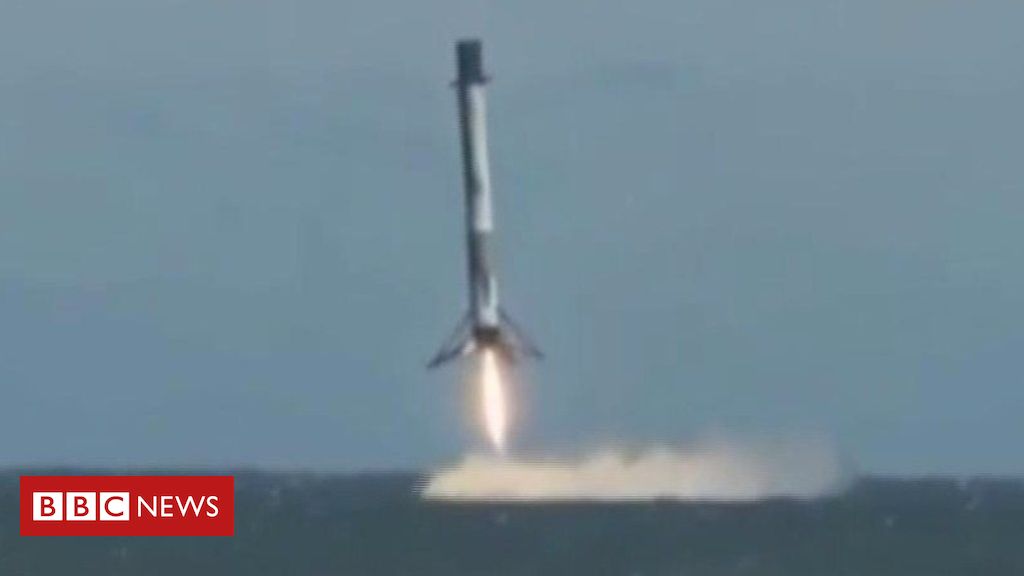

The longest nighttime and shortest daytime of the year is due this December 22, 2018 during an astronomical event called #WinterSolstice.
READ: https://bit.ly/2BTwUMN
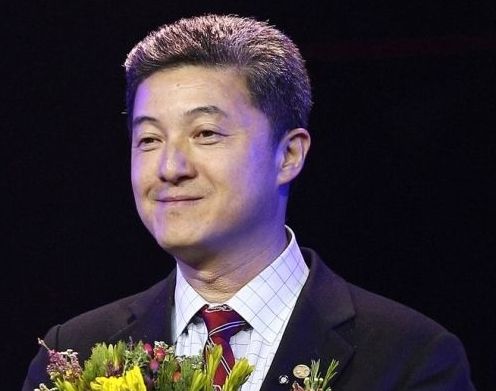
Shou-Cheng Zhang, a Shanghai-born Chinese-American physicist at Stanford University, who graduated from Fudan University in Shanghai, died at age 55 on Saturday, Digital Horizon Capital said in an email on Thursday.
He was identified as one of the top candidates for the Nobel Prize by Thomson Reuters in 2014. He was elected as a member of the National Academy of Science of the United States in 2015. He was also an academician of the Chinese Academy of Sciences.
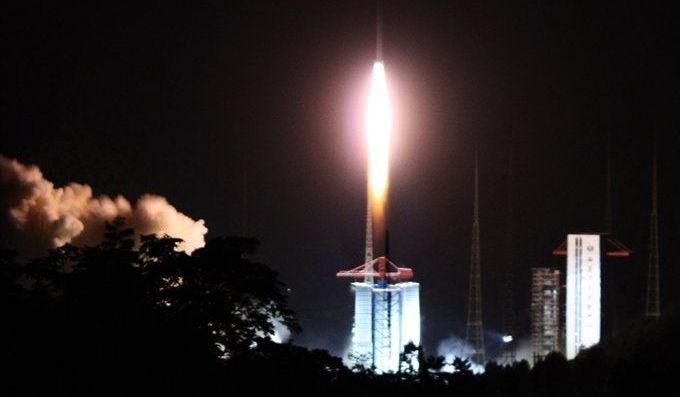
The Chinese space agency will be launching the Chang’e 4 moon lander on Friday 7 December, hoping to make China the first country to land on the far side of the moon. Dutch astronomers are also looking forward to the launch as they are collaborating with Chinese scientists on this mission. A satellite containing a Dutch radio instrument has already been launched to the far side of the moon, ready to be switched on once the moon lander touches down.
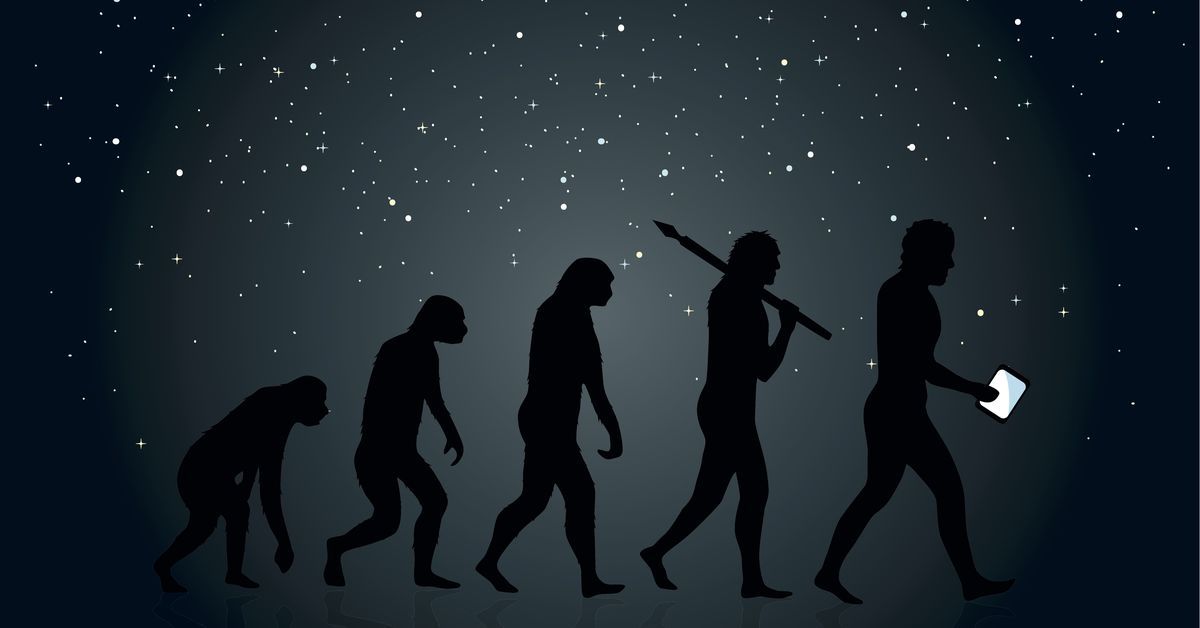
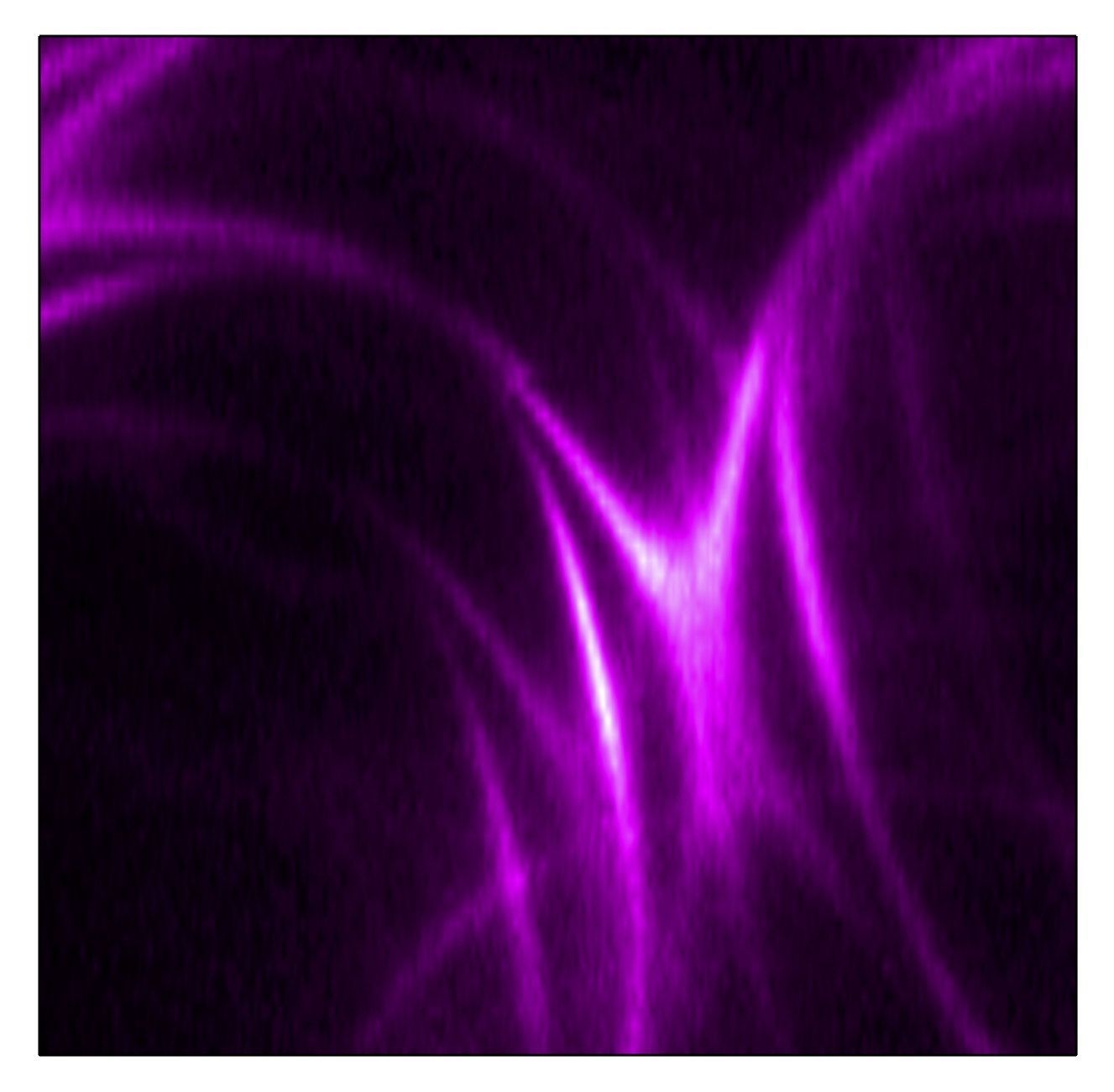
Scientists mapping out the quantum characteristics of superconductors—materials that conduct electricity with no energy loss—have entered a new regime. Using newly connected tools named OASIS at the U.S. Department of Energy’s Brookhaven National Laboratory, they’ve uncovered previously inaccessible details of the “phase diagram” of one of the most commonly studied “high-temperature” superconductors. The newly mapped data includes signals of what happens when superconductivity vanishes.
